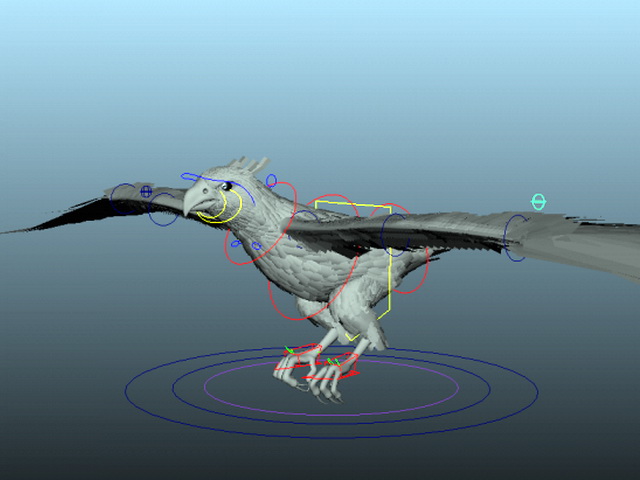

If the rig is not exported to game engines, 1 is enough since the Blender armature modifier handles dual quaternions skinning (Preserve Volume).


Too simple/low-poly model, or “weird” shapesĪdd a Leg Lock setting to the FK thigh controller, to switch parent space. There are too many complicated shapes around the hand, such as big bracelets, props, for example. Limitations ĭepending on the character proportions, manual corrections after the detection may be required. If the whole character it not a biped, skip this part and go straight to the next chapter to manually place the reference bones. If your character’s fingers don’t meet these requirements, you can choose Skip Fingers above the Go button (read below). The palm must face the floor, if the hand is too much twisted forward or backward, the fingers detection will fail. For the fingers detection, there must be enough spaces between fingers. The character can be in T-Pose or A-Pose. It has been designed to cover several cases, however there are few guidelines to follow: It only works with biped character (may be extended to quadrupeds later). Always remember when rigging characters to have the model and rig in a neutral pose, such as a T-pose.The Smart feature is useful to quickly place the reference bones within a few clicks. These joints are controlled by a series of nulls that allow an artist to manipulate the model in a more logical fashion than by animating each joint. Rigging a characterĪ typical animation/3D rig for a humanoid form will consist of parented joints or bones, which act as a basic skeleton. 3D rigs can work just as well with hard-bodied systems such as cars, where controllers can be an invaluable part of an animation setup. When parented correctly, a joint and null system creates a logical way of moving elements, and when this system is bound to an organic mesh it can create a convincing range of movements. Nulls can also create controllers that are tied to specific objects within a skeleton, to allow an artist to move and control elements much more easily than actually trying to select the specific points themselves. Joints are objects that essentially act as the bones of the skeleton, where the nulls/groups/ targets act as the cartilage to define the range of movement. An animation or 3D rig usually comprises a system of ‘invisible’ objects that can be seen in a 3D viewport but not in a final render.Īt the most basic level, these objects are nulls/groups and joints. Think of a 3D rig as a basic skeleton (Image credit: Mike Griggs)ģD rigging is in effect the process of creating an invisible skeleton that defines how an object moves.


 0 kommentar(er)
0 kommentar(er)
